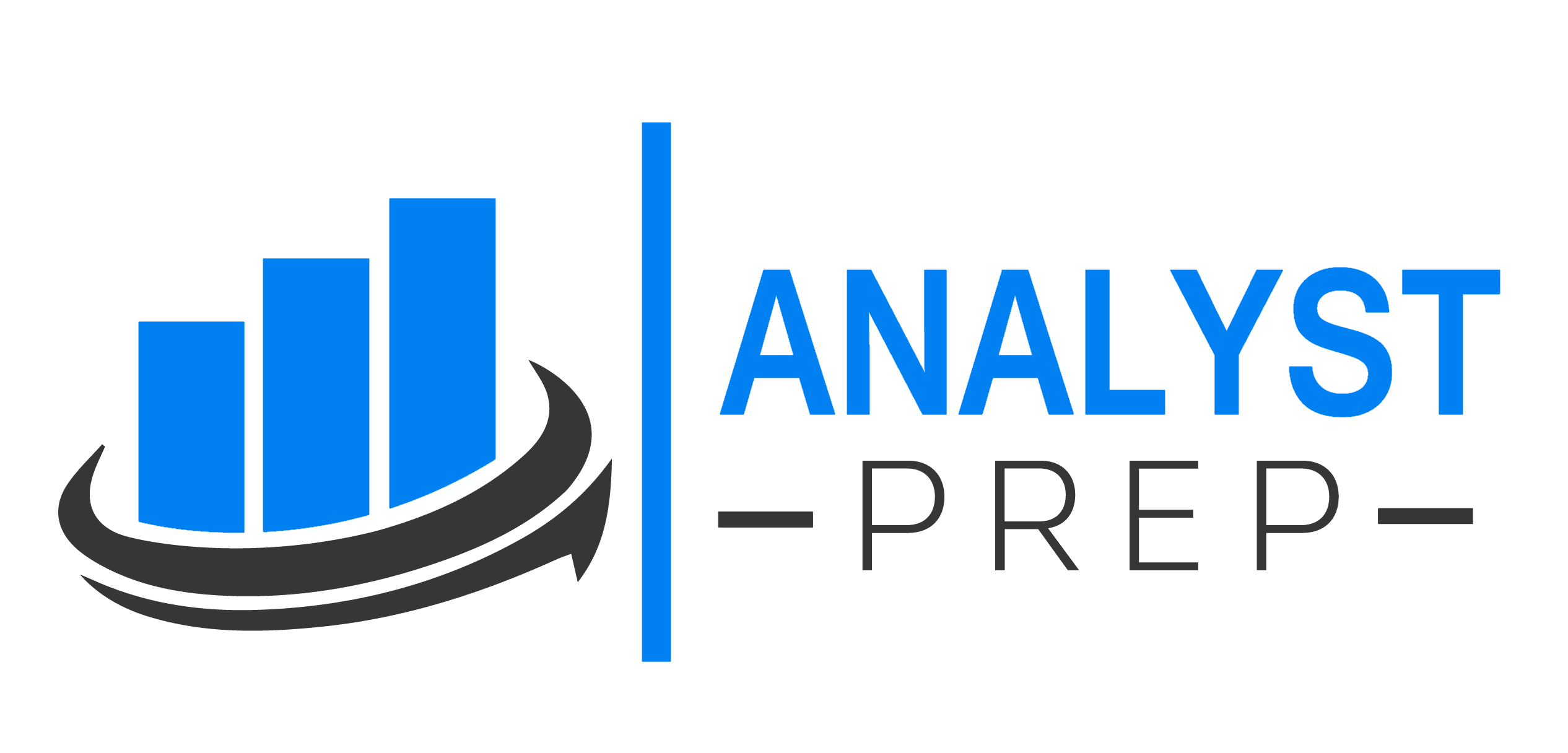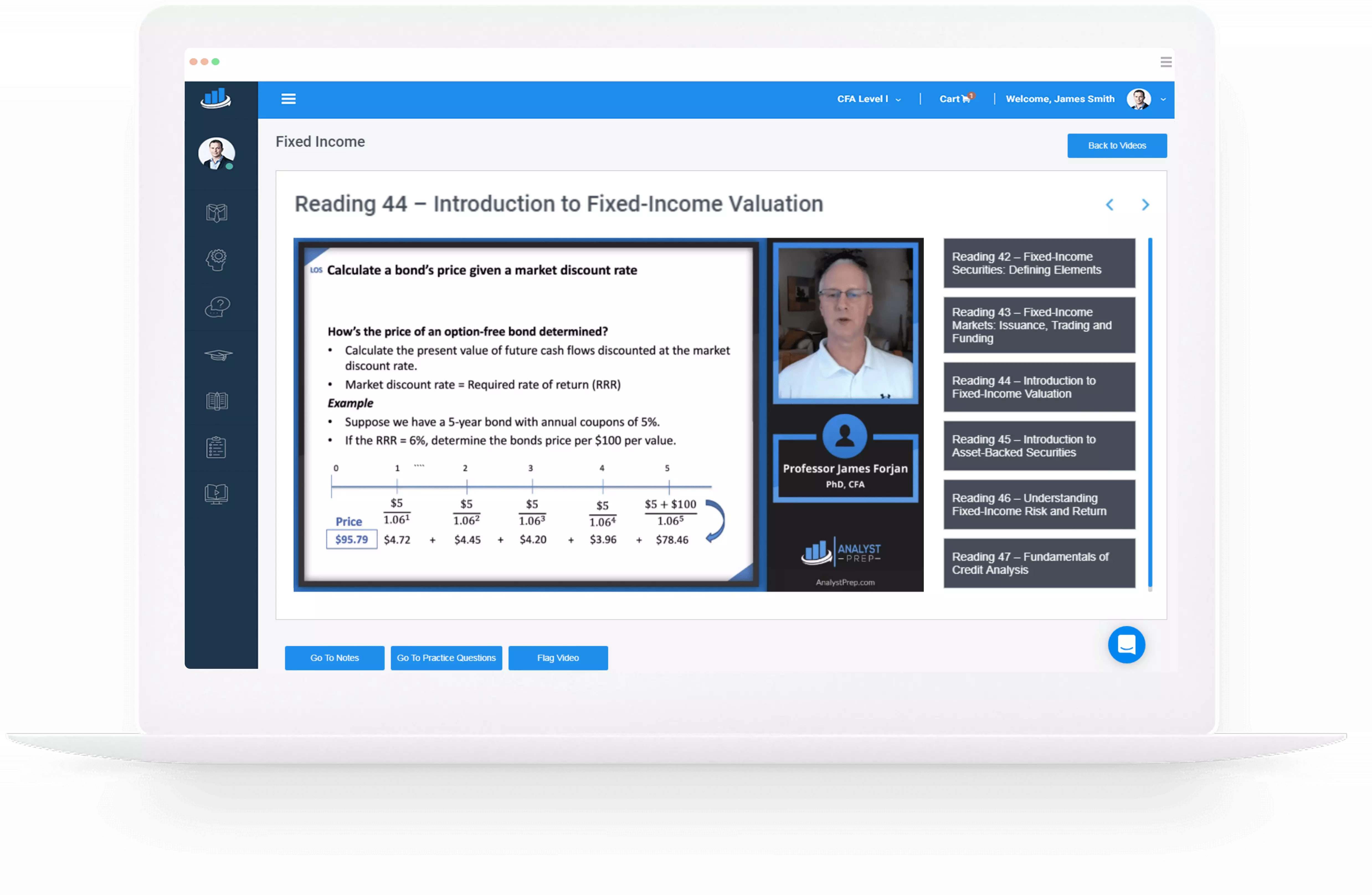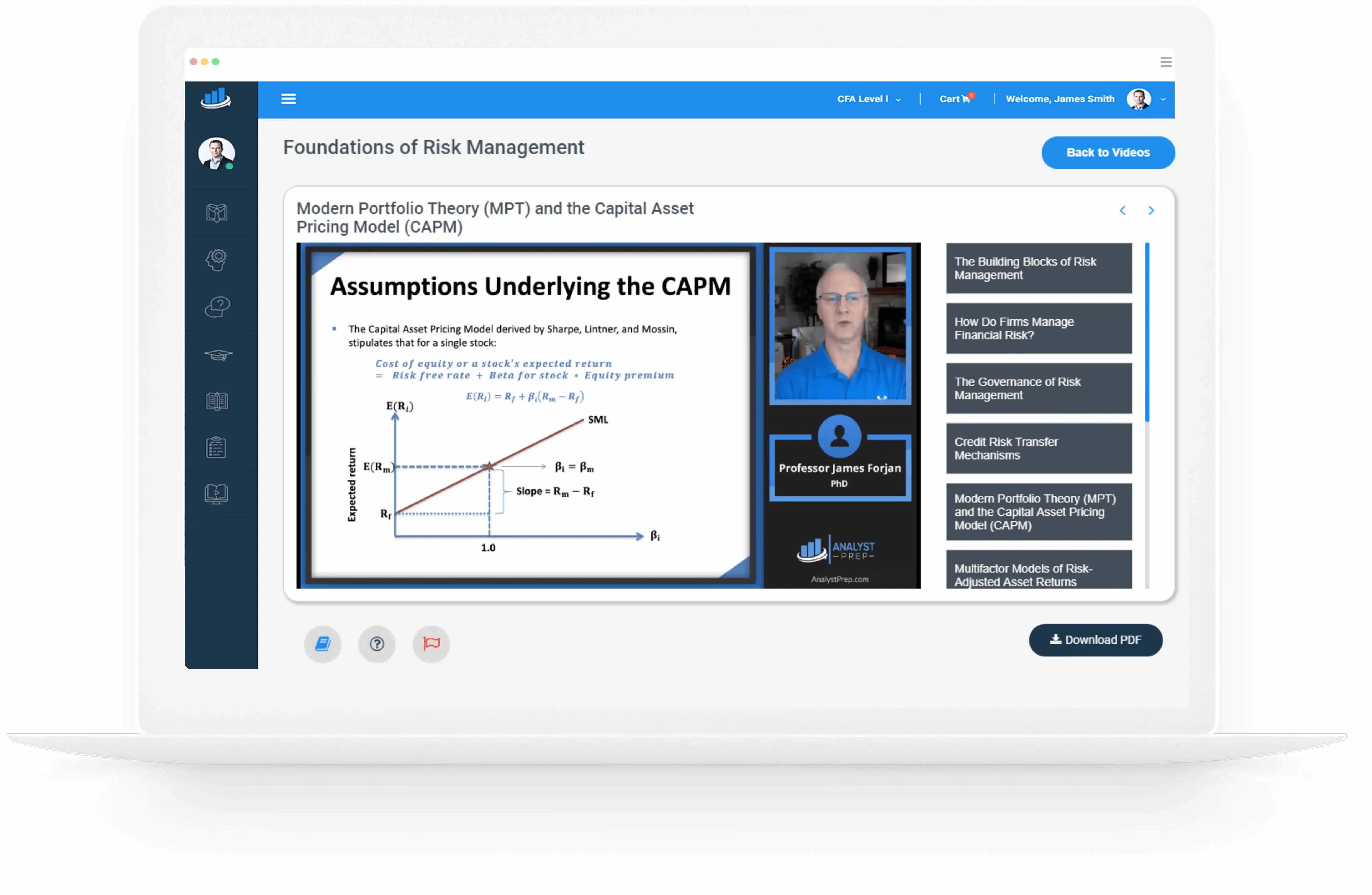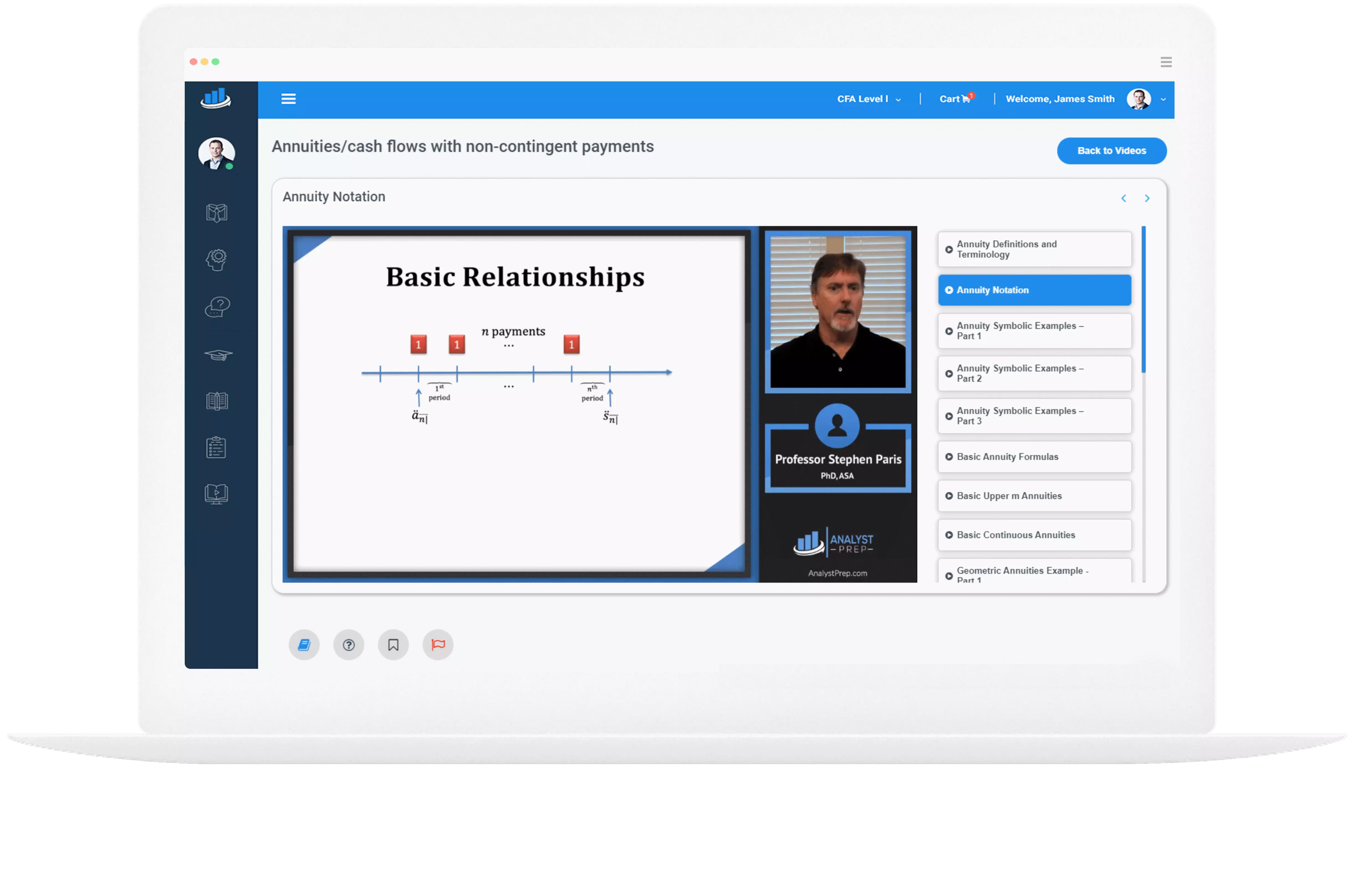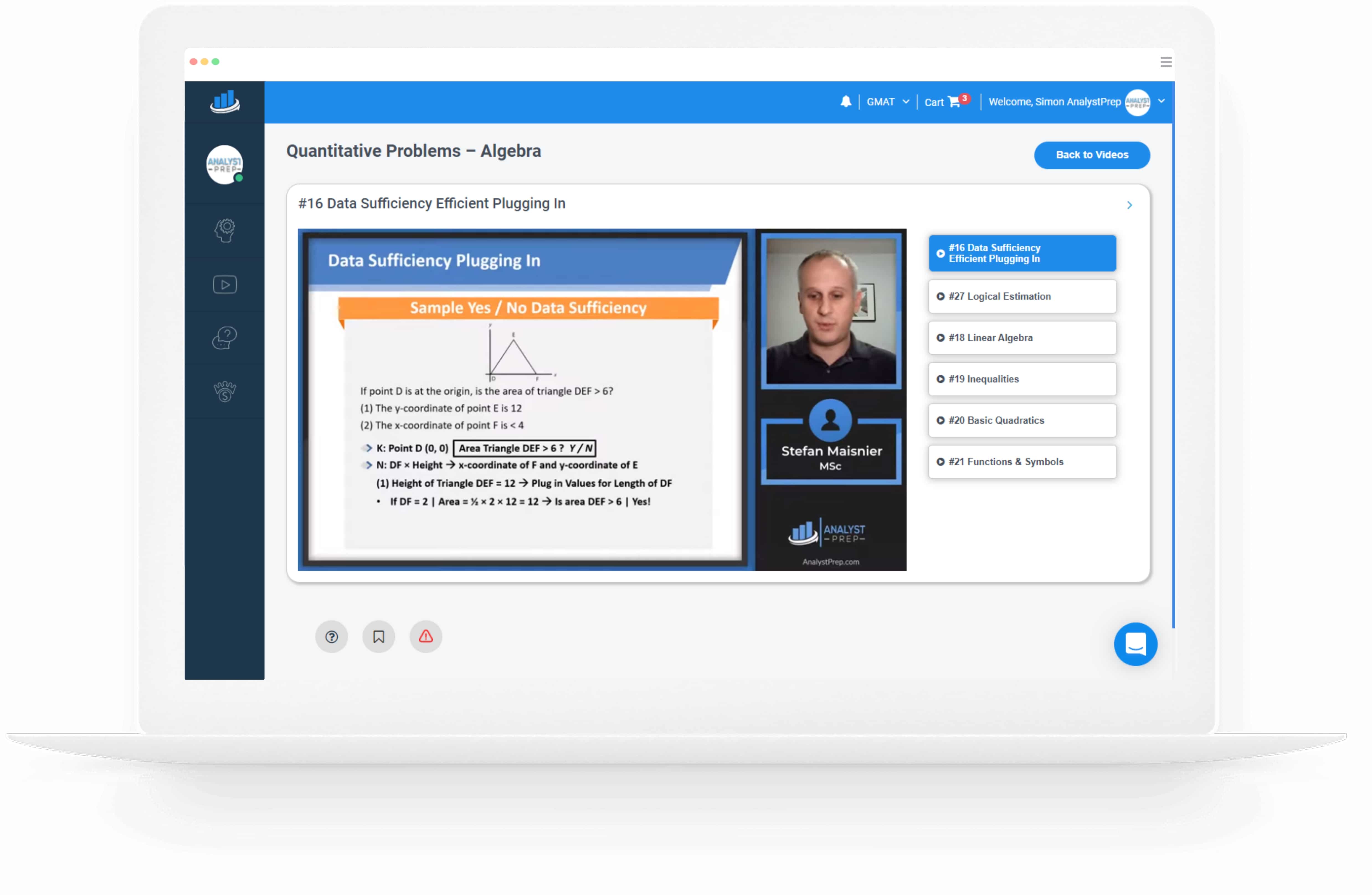Hedge Fund Strategy Portfolio Contributions
Performance Contribution to a 60/40 Portfolio What is the potential impact of adding a hedge fund allocation to the traditional 60/40 (stock/ bond) portfolio? Consider a traditional 60%/40% portfolio. 20% allocation of a hedge fund strategy group is added…
Assessing Hedge Fund Strategies through a Conditional Factor Risk Model
Different hedge fund strategies exhibit unique risk factor exposures and vulnerabilities. Linear factor models, like the conditional factor model used in this analysis, offer valuable insights into hedge fund investments' inherent characteristics and risks. These models help assess whether hedge…
Multi-Manager Strategies
Fund-of-Funds Fund-of-funds (FoF) managers pool investor capital and distribute it to a diversified portfolio of individual hedge funds with distinct and less correlated strategies. Their key responsibilities encompass diversification, occasional strategic reallocation, manager selection, due diligence, ongoing portfolio management, risk…
Specialist Strategies
Volatility Trading In recent decades, volatility trading has emerged as a distinct asset class. Specialized hedge fund managers now focus on trading relative volatility strategies across various geographic regions and asset classes. For instance, Asia offers relatively cheap volatility pricing…
Opportunistic Strategies: Global Macro Strategies
Global macro strategies encompass asset classes and investment instruments, including commodities, currencies, metals, fixed-income, and equities. These strategies aim to identify opportunities by examining global relationships. Global macro managers focus on specific themes, regions, or styles and typically hold views…
Relative Value Strategies: Fixed-Income Arbitrage
Fixed-income arbitrage strategies aim to capitalize on pricing inefficiencies by simultaneously taking long and short positions in various debt securities, such as government and corporate bonds, bank loans, and consumer debt (including credit card loans, student loans, and mortgage-backed securities)….
Event-driven Strategies: Merger Arbitrage
Event-driven (E.D.) hedge fund strategies involve the practice of taking positions in corporate securities and derivatives. These positions are taken with the aim of profiting from various corporate events, such as mergers and acquisitions, bankruptcies, share issuances, buybacks, capital restructurings,…
Equity Strategies: Long/Short Equity
Long/Short Equity Long/short (L/S) equity managers engage in the purchase of equities they anticipate will appreciate (long positions in undervalued companies) and the short selling of equities they believe will decline in value (short positions in overvalued companies). The primary…
An Overview and Categorization of Hedge Fund Strategies
Hedge funds are a complex aspect of alternative investments, with advantages and disadvantages. The fundamental dilemma is whether the additional fees associated with hedge fund investments are justified by the potential for increased returns (alpha) and portfolio diversification. This debate…
Construction of Commodity Indexes
Commodity indexes have been created to portray the aggregate movement of commodity prices, investment vehicles, and investment approaches. It can be said that an asset class does not exist without at least one representative index. A commodity index plays the…
